Painter shows this despair over choosing. In Paul’s work, there is an unromantic sensibility, a frustration at her need to hold life back from bleeding into the art. There’s fear at the risk of distraction. There’s sacrifice. Writing about herself and John, Paul says, ‘Because she and I are so solitary, the emotions we feel on discovering these rare unions is distilled to an almost unbearable intensity, which our fear of being taken over, and intruded upon, only adds to’. I’m reminded of Alice Notley’s description of the heart as sheer, a thinness that feels like a lover’s warmth through sheets, a delicateness that calls for protection like the boundaries we scaffold around our lives.
The street where Paul lives and works is discordantly busy, full of frazzled families queuing, lost, looking. Yet her studio holds a hush that, upon entering, doesn’t make sense. It jars. Those who sit for her do so in silence. She works, too, in silence. She tells me about the corner of the room where her sitters sit, next to the window. ‘This corner holds the stillness of absence/presence in a way that’s difficult to describe and affects the paintings I’m doing now—not in any obvious way—but just the memory of their dedication to sitting is empowering’. Every now and then the flotsam of noises of the street will wander up to her home. Paul adds: ‘I’ve got used to—and quite like—the accordion player who I can sometimes hear further down the street’.
In Painter, there’s the rushing swirls of paint on the wall—paint dripping down behind her—the floor restless—Paul, balanced, collected. When Paul’s son, Frank, was born, he went to live with Paul’s mother. This felt for Paul both necessary, in that it allowed her to continue to focus and paint, and heartbreaking because it limited the care and love she offered. In an introduction to one of her shows, Frank said: ‘One might conclude … that my mum is an entirely self-subsistent person, yet she feels separation keenly, as well as a deep guilt that her need for solitude precludes her from being as hospitable as she would like to be’.
At the Slade, where Paul studied painting, she struggled with the task of painting accurately. She preferred to paint those who she knew well: her sisters, her mother. Paul doesn’t need to stare at the model, or brood at them. She paints, instead, her visions of the person before her. In an introduction for a catalogue of her work, the writer Hilton Als writes: ‘Celia Paul’s palette starts behind the face’.
Painter plays with presence and absence; the mixing of deliberate lines with drips and twirling strokes makes me think about what the artist wants to reveal, what they want to bring to flesh and paint firmly, and what they want to blend, to smudge. Painter is about Paul claiming life.
Her son is grown up now, and they are very close. They speak every day on the phone. She’s about to go on holiday with him and his family. ‘Now, I don’t fear interruptions as if they might be the end of the world, like I used to when I had to fight for my time alone in my studio’.
There is, in Paul’s sense of herself, a wonderful belief in the continuity of her spirit. In her memoir, Self-Portrait, she writes: ‘I have always been, and I remain at nearly sixty, the same person I was as a teenager. … This simple realisation seems to me to be profoundly liberating’. Paul writes about her life in Self-Portrait as an act of rendering sharp its edges, owning herself as someone who exists in her own image, rather than one put forward by others. Stories collide, and reception can be glitchy. Like writing, painting offers Paul a process, a method for building her own image through brushstrokes. Her self-portraits are about perceiving the contours of herself and expressing to the world what that self is. When I meet her, she shows me another self-portrait in progress. She says she wants to paint it again. Again, this time with more stillness.
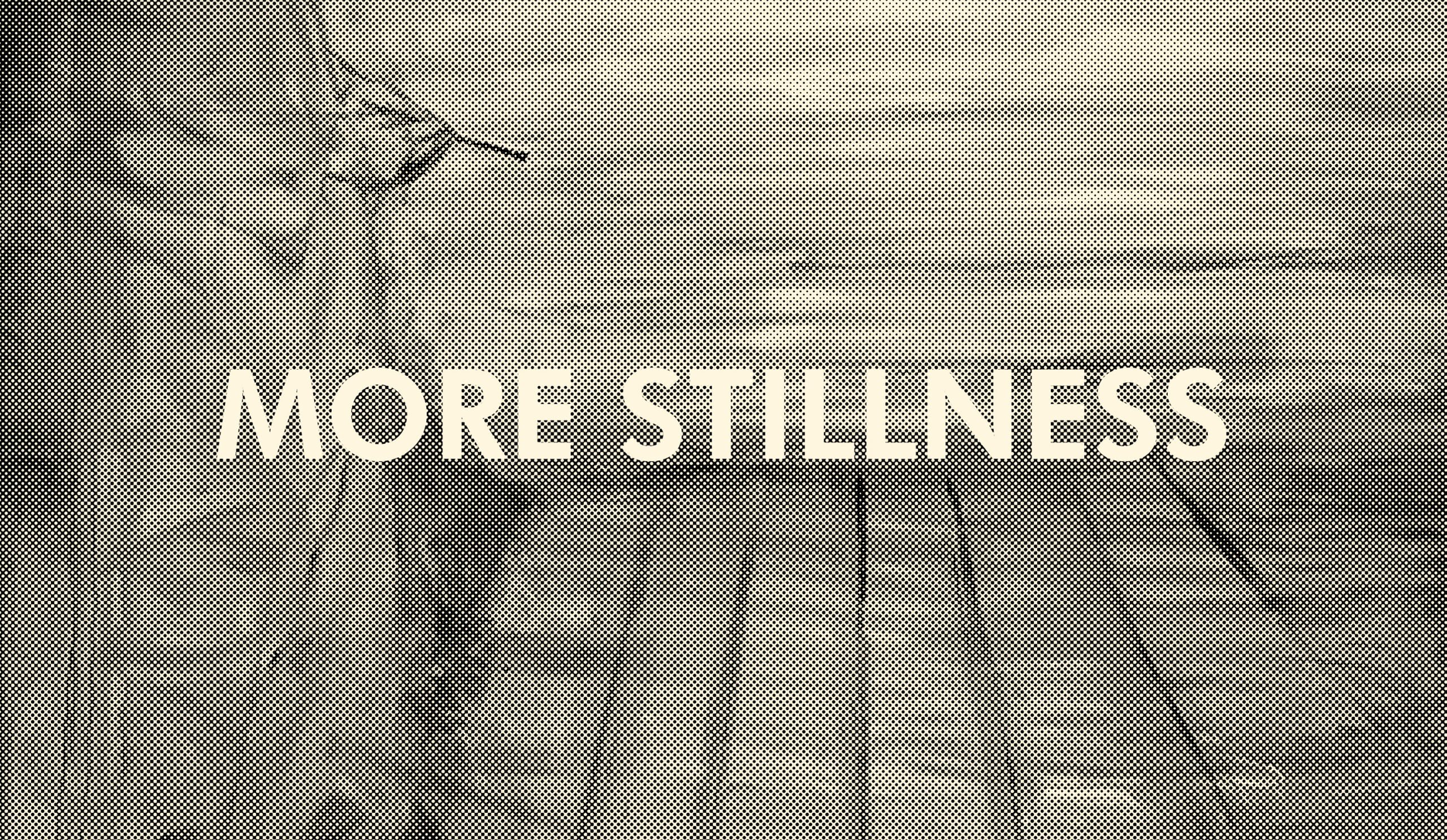
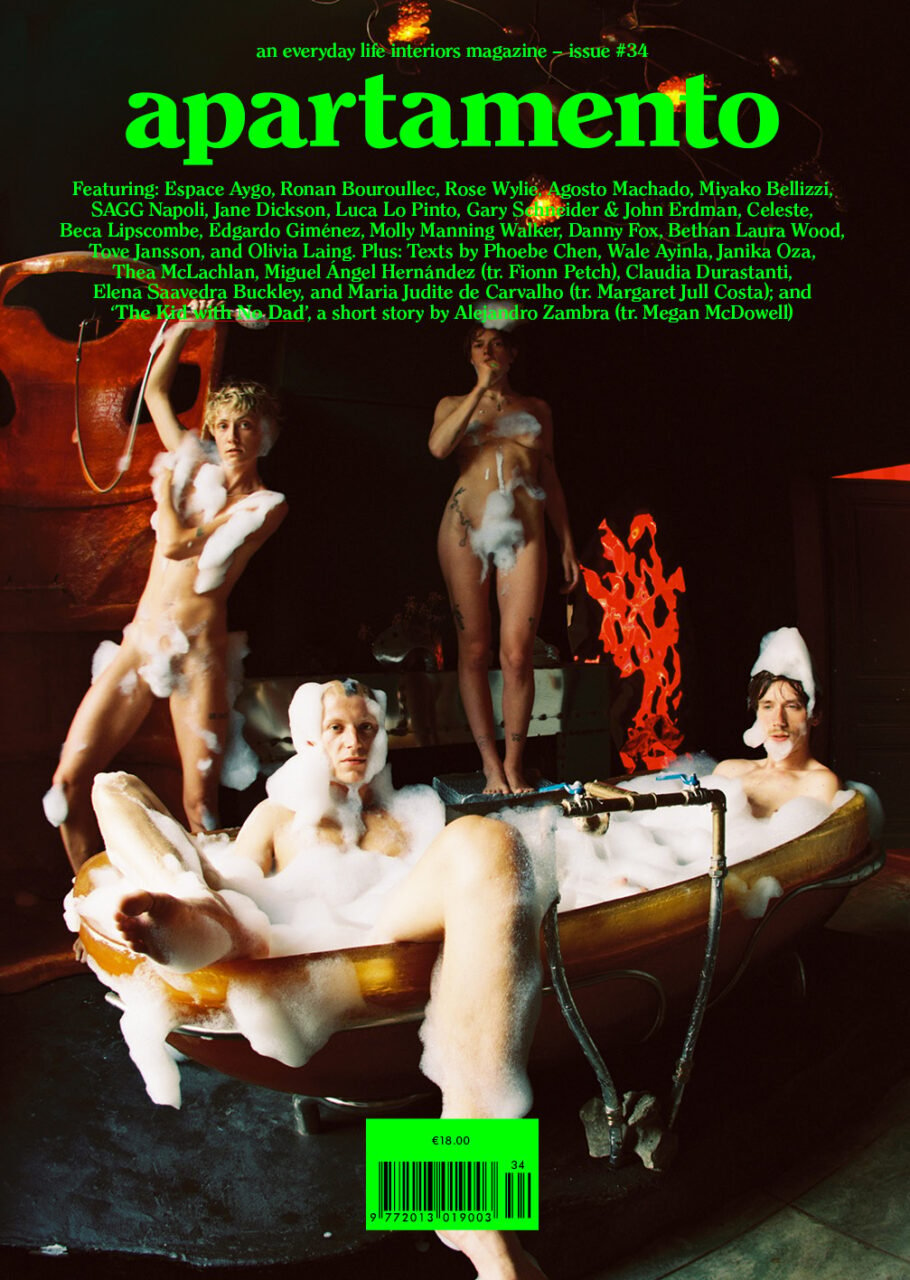
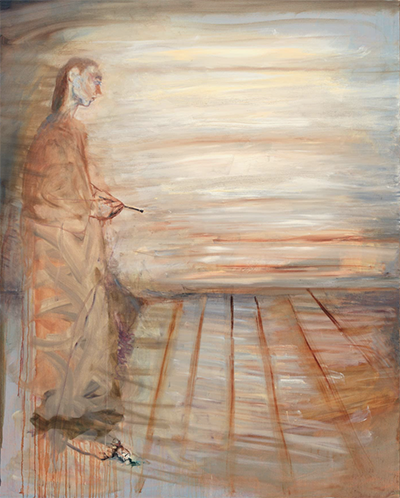
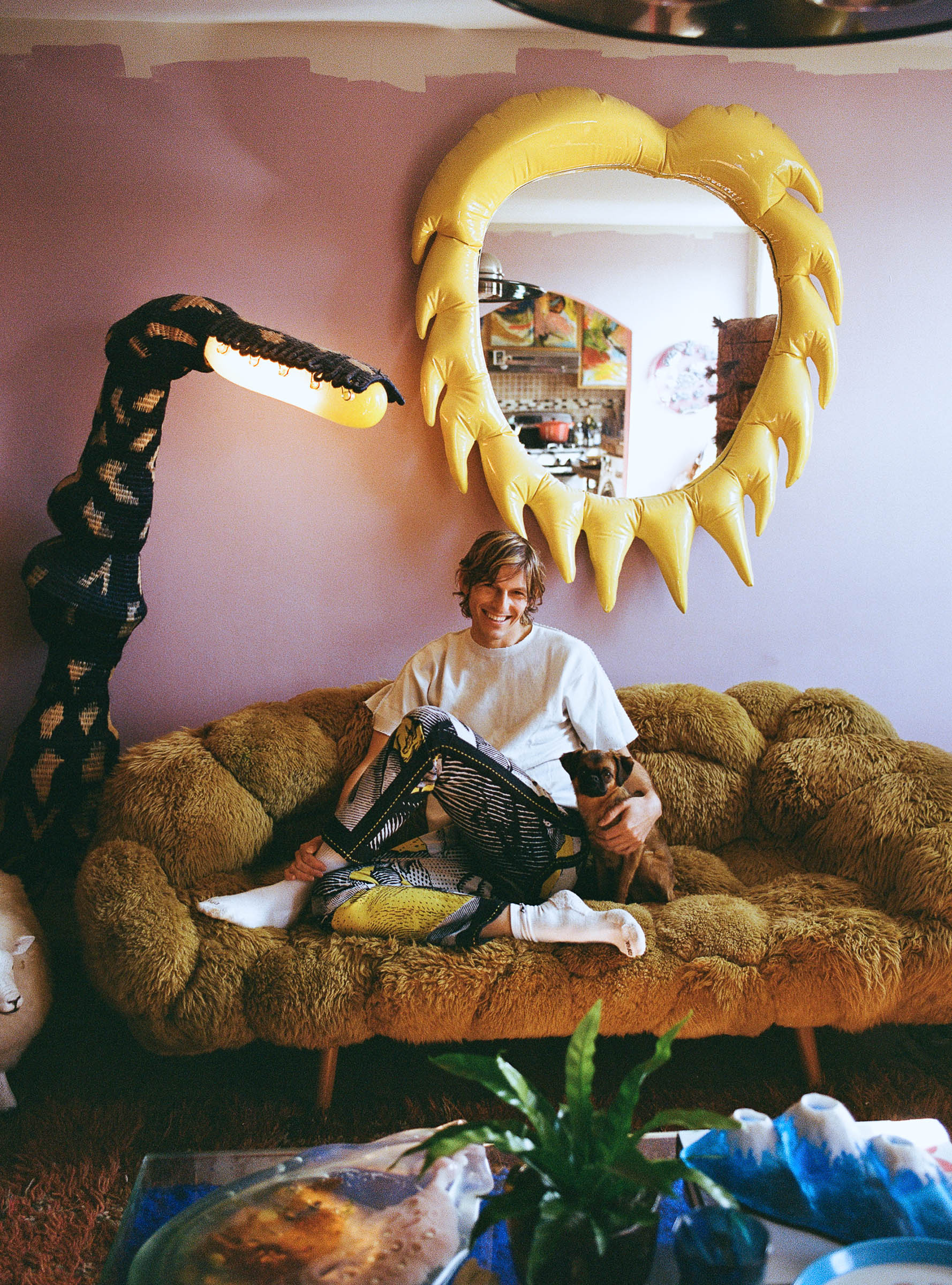
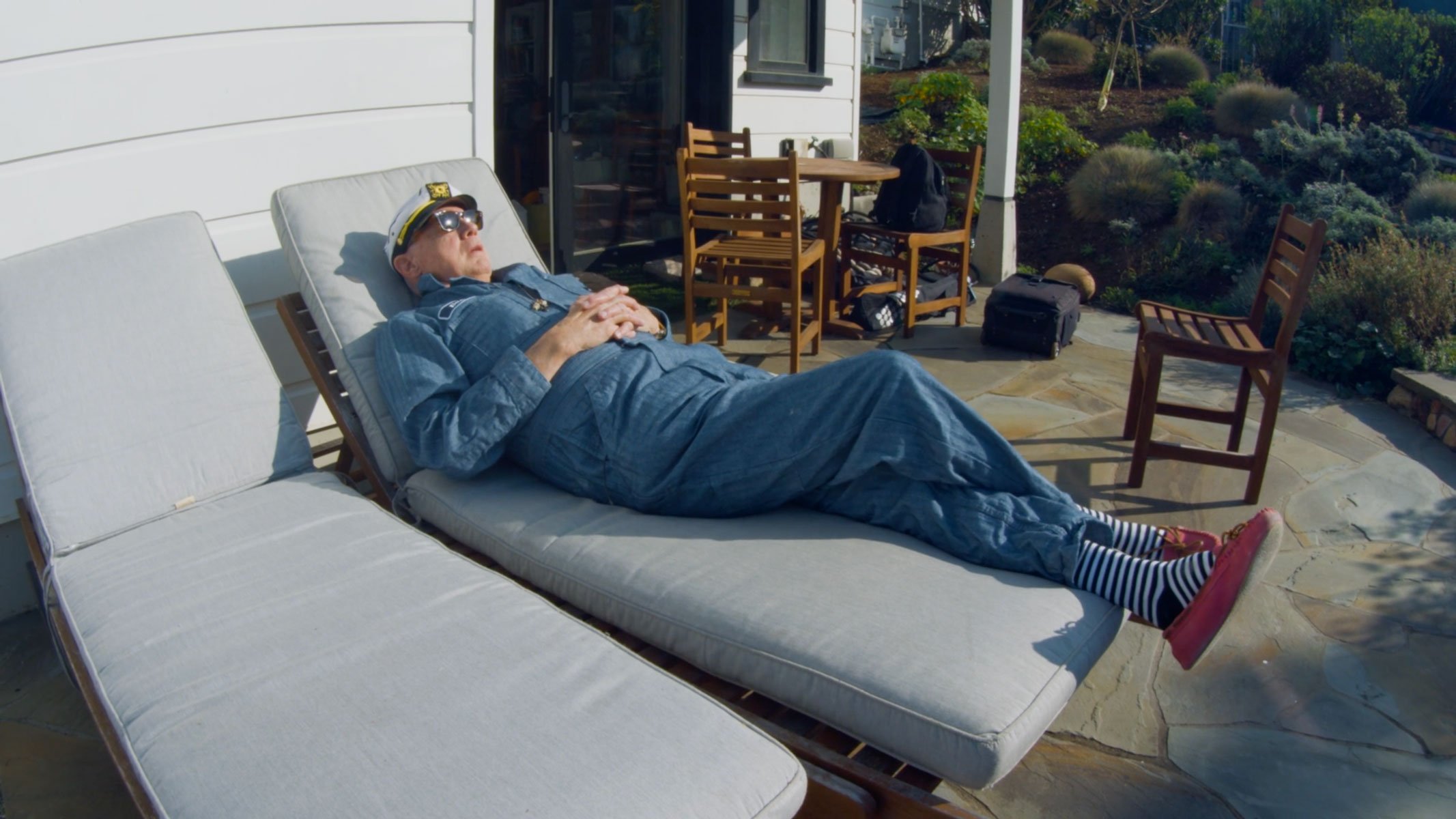
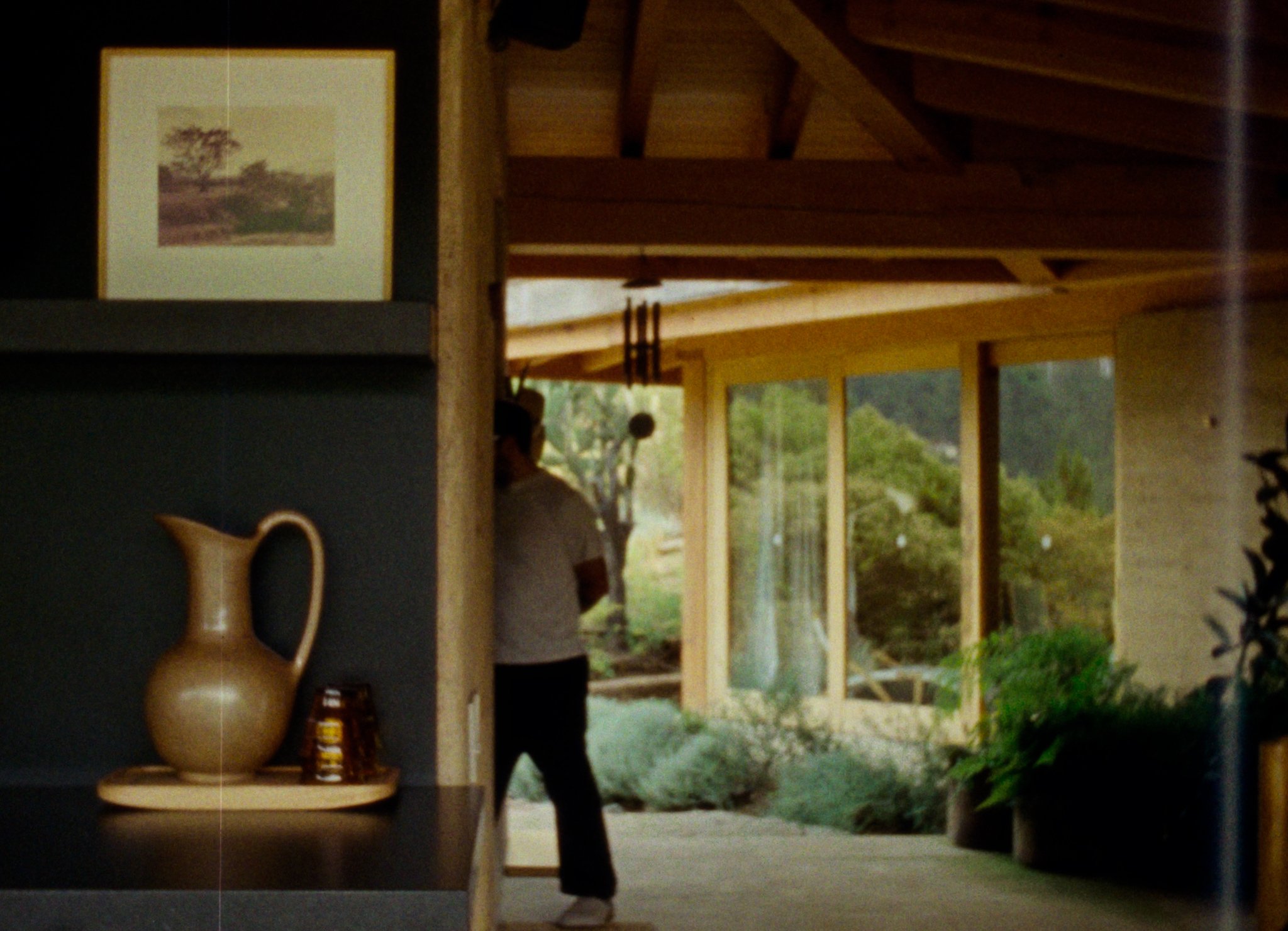
 close
close